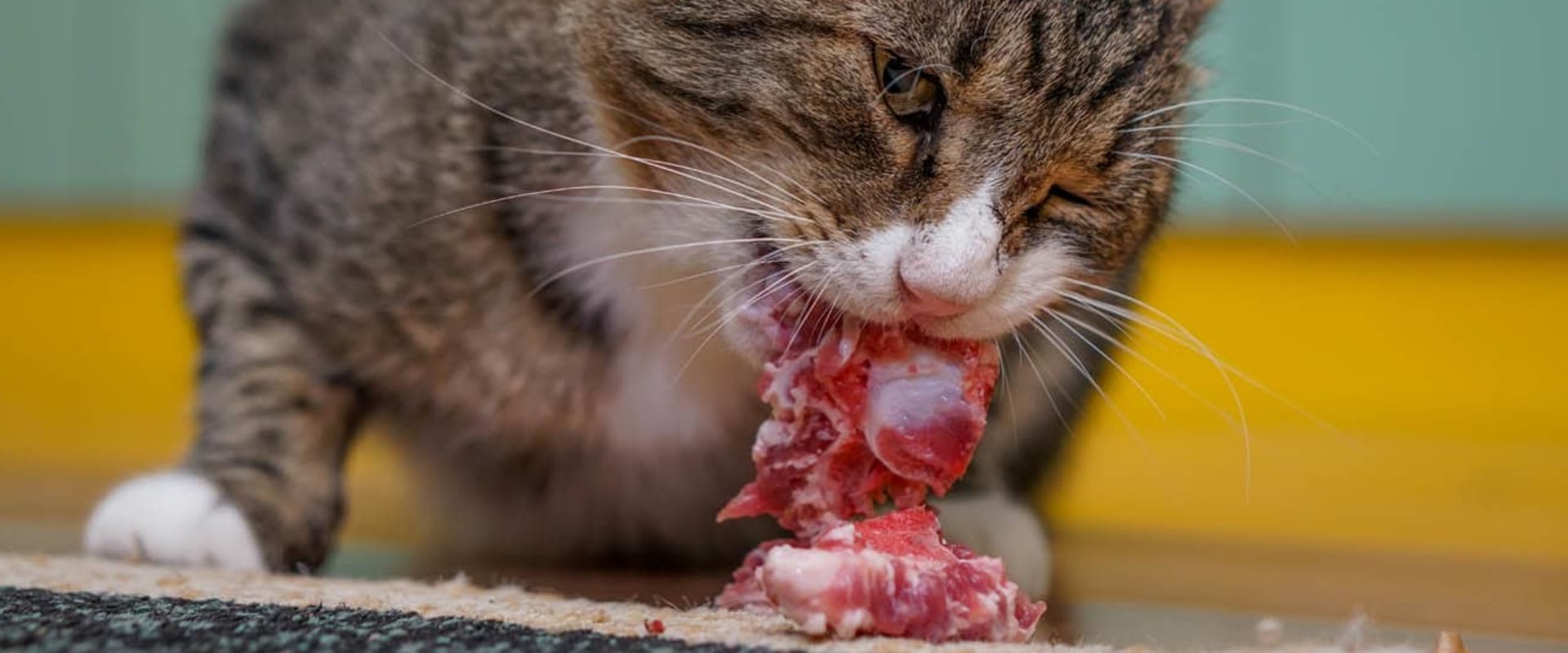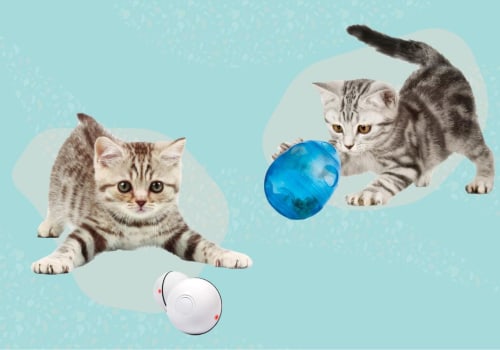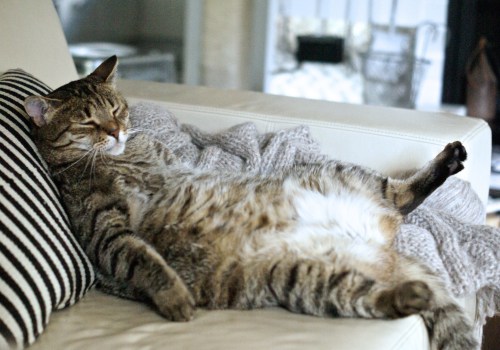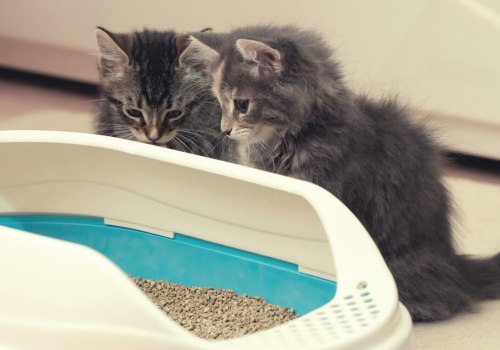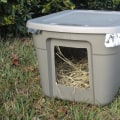When it comes to cat nutrition, the age-old debate of raw vs. processed cat food continues. While some people swear by the health benefits of raw diets, others are concerned about potential health risks. To help you decide whether raw cat food is right for your furry friend, we've put together this guide on the pros and cons of feeding your cat a raw diet.
Here we'll explore what raw cat food is, what its benefits and drawbacks are, and how to safely feed your cat a raw diet. Raw cat food is becoming increasingly popular among pet owners, due to its many potential health benefits.
The main benefit of raw cat food is that it's closer to a cat's natural diet.
Cats are obligate carnivores, meaning they need animal-based proteins to survive and thrive. Raw foods contain all the essential vitamins and minerals cats need, as well as a wide range of beneficial bacteria. Raw cat food also tends to have fewer preservatives and additives than processed foods.However, there are some potential drawbacks to raw cat food. It can be more expensive than other types of pet food, and it requires careful storage and handling to prevent contamination. Additionally, there is a risk of bacterial contamination with raw meats, so it's important to purchase only from reputable sources and follow proper preparation guidelines. When choosing a raw food diet for your cat, it's important to do your research.
Look for foods that are formulated to meet your cat's specific nutritional needs. Make sure the ingredients are of high quality and that the product is sourced from reliable suppliers. Finally, talk to your veterinarian about any potential risks associated with feeding raw cat food.
The Pros of Raw Cat Food
Raw cat food has a number of advantages that pet owners should consider when evaluating the best option for their cat's nutrition. One of the biggest benefits of raw cat food is its nutritional value. Raw cat food is generally higher in protein than dry or canned food, and it also contains a higher concentration of vitamins and minerals.Additionally, raw cat food is free from preservatives and artificial additives that are often found in commercial pet foods. Another benefit of raw cat food is its safety. Because it is not cooked, there is no risk of bacteria or other pathogens that may be present in cooked pet foods. This means that raw cat food is less likely to cause stomach upset or other digestive issues in cats. Additionally, raw cat food is easier to digest, which can help cats absorb more nutrients and benefit from them. Finally, raw cat food is often more cost-effective than other pet foods.
This is because it does not require additional processing and preservatives, so the cost of production is lower. Additionally, since raw cat food does not require refrigeration or freezing, it can be stored for longer periods of time without spoiling.
The Cons of Raw Cat Food
Raw cat food is not without its drawbacks. One of the primary concerns when feeding raw cat food is the potential for contamination. Raw meat can be contaminated with bacteria like Salmonella and E.coli, which can cause serious illnesses in cats and humans. It's important to take proper precautions when handling raw cat food, such as washing your hands thoroughly after handling it and using separate cutting boards and utensils for raw food. Raw cat food is also more expensive than traditional commercial cat food. Since you need to buy fresh ingredients and prepare the meals yourself, it can be a time-consuming and costly endeavor. Additionally, you may need to supplement your pet's diet with vitamins and minerals if you don't feed them a balanced diet. Finally, some cats may not enjoy eating raw food.
If you have a picky eater, it may be difficult to get them to switch from their regular diet to raw cat food.
Choosing the Right Raw Cat Food
When it comes to choosing the right raw cat food for your pet, it’s important to do your research. First, look for foods that are made with high-quality ingredients, such as human-grade proteins and organic fruits and vegetables. It’s also important to make sure the food is free of fillers and artificial preservatives. Additionally, read labels carefully to ensure that the ingredients are appropriate for cats, as some raw foods may contain ingredients that can be toxic to cats. When it comes to selecting a specific brand or type of raw cat food, it’s best to consult with your veterinarian.Your vet can provide advice on which brands and types of food are best suited for your cat’s age, size, breed, and health status. Additionally, they can advise you on how much food you should feed your pet, as well as any potential dietary restrictions or allergies they may have. Finally, when selecting a raw cat food, consider the cost. While raw cat food is generally more expensive than other types of cat food, the health benefits may outweigh the additional cost. Also, look for companies that offer quality assurance and testing to ensure that their products meet safety standards. Raw cat food can be a great option for many cats, providing potential health benefits if chosen carefully.
Take the time to understand the pros and cons, consult your veterinarian, and select a high-quality product that meets your pet's individual needs.
